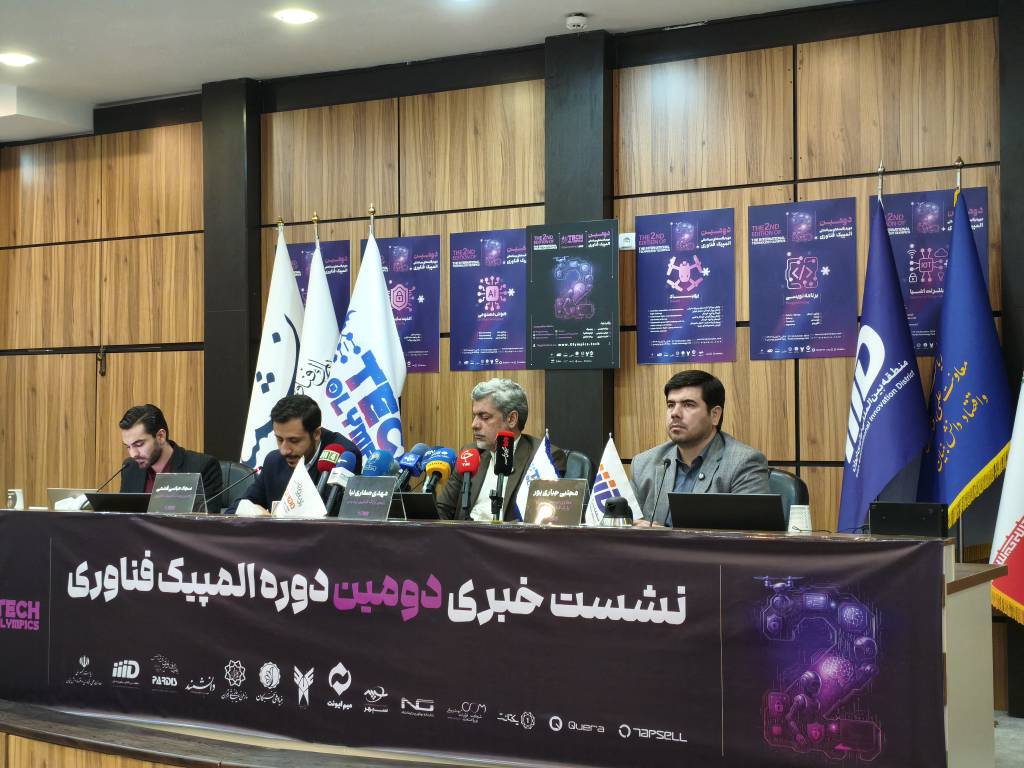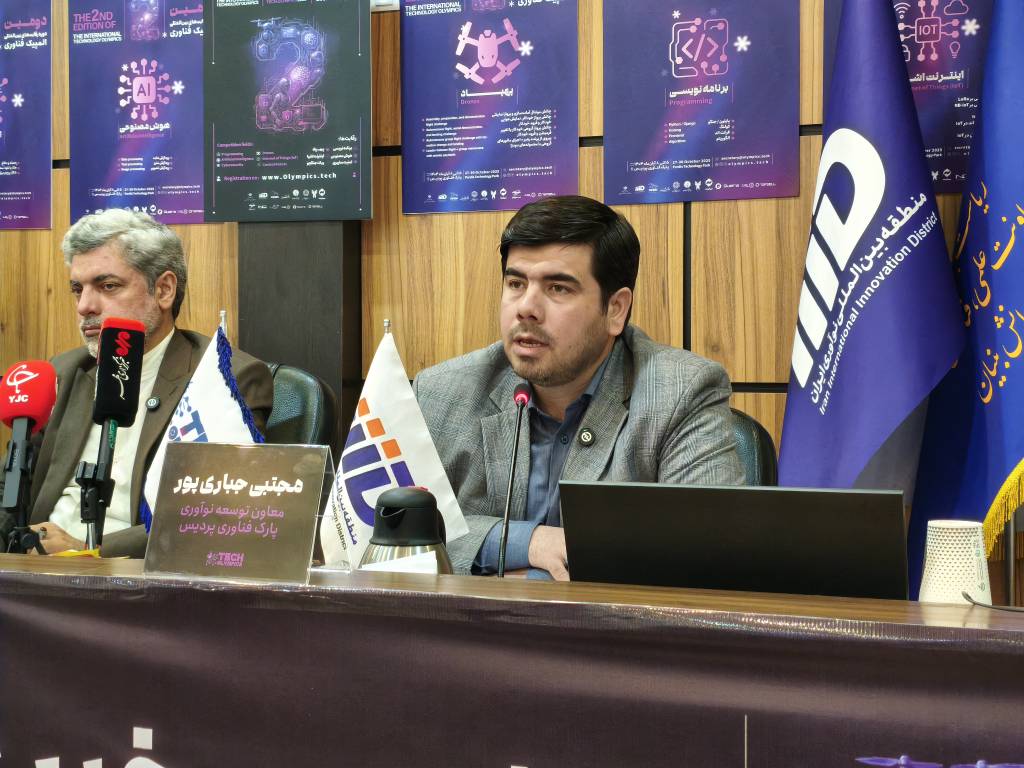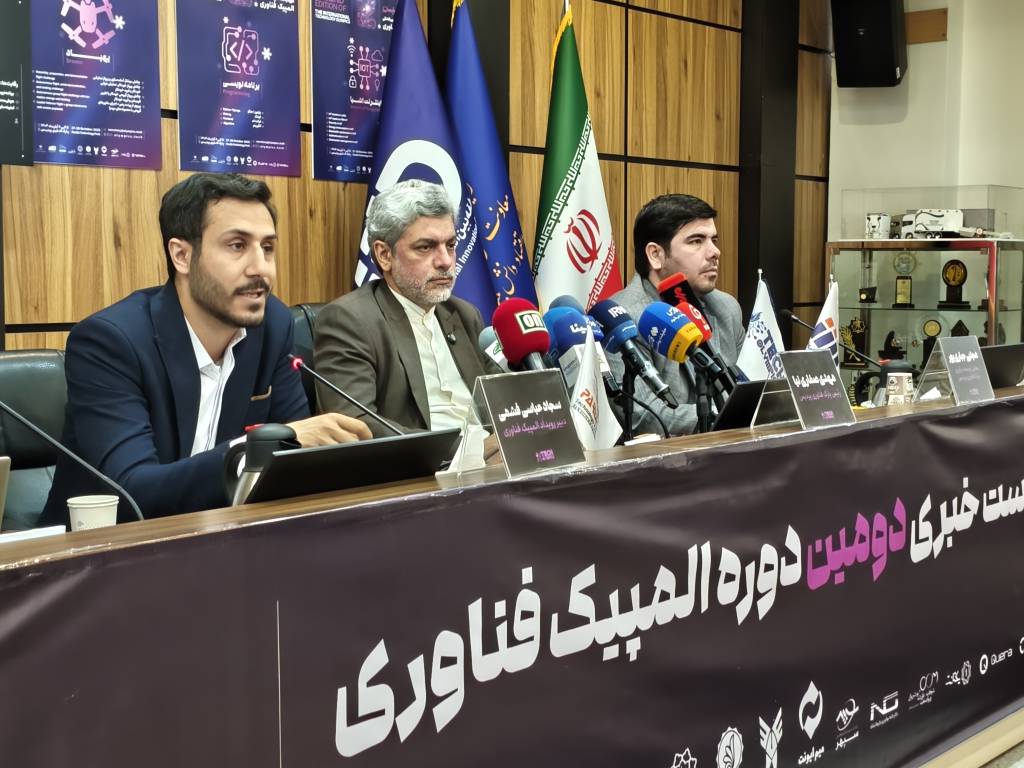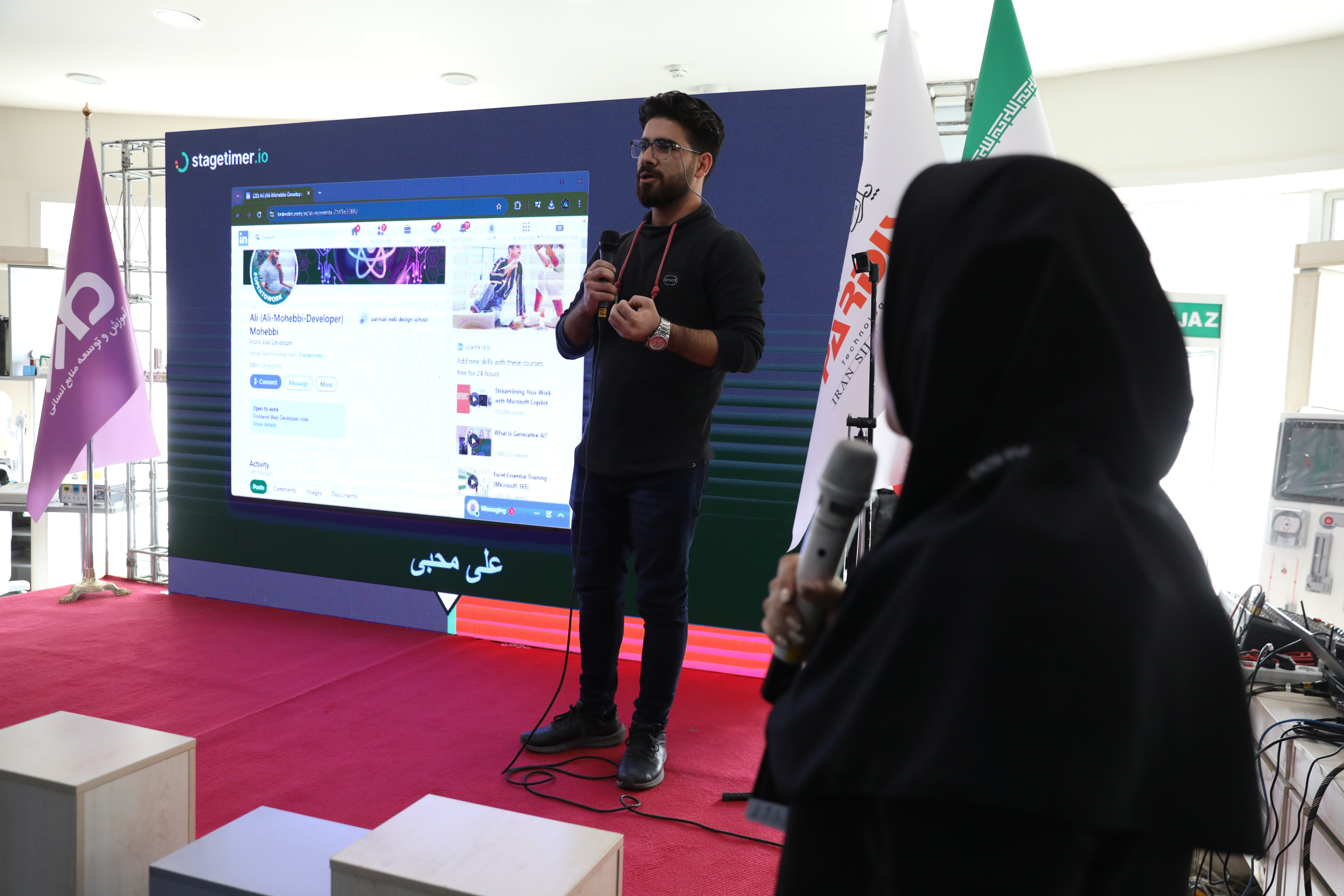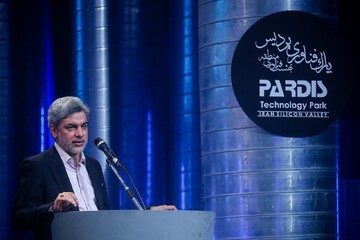Pardis Technology Park President announces 11,000 participants from 65 countries for the 2025 Technology Olympics (TechOlympics).
According to the Technology Olympics Secretariat, the press conference for the second edition of the international competition was held this morning at the Vice Presidency for Science, Technology, and Knowledge-Based Economy. Mehdi Saffarinia, President of Pardis Technology Park, detailed the event, highlighting its role in the nation's tech ecosystem.
Human Capital Shapes the Future
Saffarinia opened by stressing the pivotal role of human capital: "The future of nations is no longer determined by natural resources; instead, it is built by specialized and creative human capital. Today's primary arena for global competition lies at the cutting edge of technology, including Artificial Intelligence (AI), Cybersecurity, Robotics, and the Internet of Things (IoT)."
Global Presence and Local Talent
Addressing the competition's formation, the President stated that Iran holds a vast treasury of indigenous talents. "Our responsibility is to identify and guide these talents to solve the country's macro issues. The Technology Olympics is a standard platform for testing these capacities and deploying them in real-world projects."
Saffarinia announced crucial participation details: "This year, the second Technology Olympics will host over 10,000 domestic participants and approximately 1,000 foreign participants from 65 countries. This wide-ranging presence demonstrates Iran's potential to become a reference center for technological competitions internationally."
Connecting Iran to the Global Innovation Ecosystem
He further noted the elevated status of the park: "Pardis Technology Park has moved beyond a national entity to become the Iran International Innovation District that enables technological collaborations, knowledge exchange, and the attraction of human capital. The Technology Olympics is a symbol of this movement, connecting Iran to the global innovation ecosystem."
Saffarinia underscored the legal backing (Article 33 of the Innovation Region regulations) and defined technological rivalry as a "competition in faster learning and more genuine innovation." He concluded by calling the event "the symbol of Iran's knowledge-based path in the second phase of the Revolution," serving as a launchpad for the new generation of Iranian elites.
